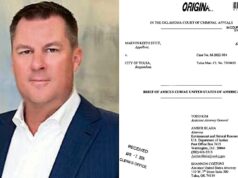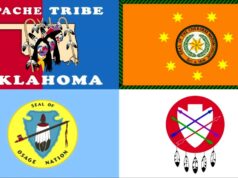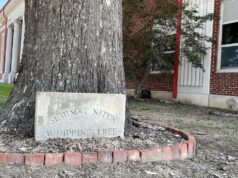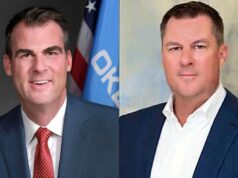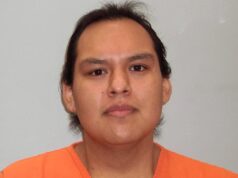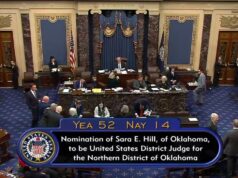The musical Oklahoma! opened on Broadway in 1943. Seventy-five years have passed, and Oklahomans are still much taken with the dear old thing.
Richard Rodgers (score) and Oscar Hammerstein (lyrics) lived in New York City, and if they’d been in the salsa business, their product wouldn’t have made it across the Mississippi River. But Oklahoma! did, and now its title song is our state song. Rodg and Hammie wondered about that and concluded there was no dust in their musical and the Okies were grateful.
That said, the composers knowingly foisted off on the public an image of Oklahoma that is thoroughly, totally and completely bogus.
(One must acknowledge one’s long-standing prejudices: Musicals are absurd exercises. People do not break out in song spontaneously, in numbers and in time. They do not begin dancing in chorus lines whenever they please. A musical has nothing to do with reality, its sins exceeded only by opera. But that’s what they call art. Culture, even.)
Oklahoma! (you must have the exclamation point to generate titular authenticity) is set in northeastern Oklahoma before statehood. If you don’t recall coach’s history class, northeastern Oklahoma was Indian Territory before statehood. More particularly, the Cherokee Nation. Anyway, a cowboy named Curly courts a farm girl named Laurey, and they are bedeviled by a hired hand named Judd Fry, who falls on his knife, and so forth.
Yessir, there are a whole bunch of white people singing and dancing on Indian land, with nary a Cherokee or any other dark-skinned character in sight. (Some critics argue that Judd Fry represented Indians, but that’ll get you into a discussion about Lynn Riggs — the Claremore writer whose play Green Grow the Lilacs was supposedly the basis for the musical — and Riggs’ relationship with the Cherokees.)
Fake it till you make it
Rodgers claimed to have captured the authentic sound of southwestern music the same way he explained the authentic sound of Siamese music for The King and I: he faked it. Hammerstein had given him a book of southwestern folk songs, but Rodgers thought the stuff was God-awful. So he faked it.
Hammerstein wrote Oh, What a Beautiful Mornin’ on his farm in Pennsylvania. He stared out of his study window and tried to envision how tall Oklahoma’s corn might be. At first it was “high as a cow pony’s eye,” but that struck him as nothing special. So he crossed out “cow pony” and substituted “giraffe,” and that struck him as truly absurd.
Then came the elephant’s eye. Hammerstein admitted that he briefly considered calling the Philadelphia Zoo and asking someone to take a ladder and a tape measure and learn how high an elephant’s eye might be. But he decided it wasn’t necessary, so that’s how high Oklahoma corn is.
See? Bogus.
An antidote to Steinbeck’s novel
In November 1946, Rodgers and Hammerstein traveled to Oklahoma City for the premiere performance of the road show version of their hit musical. Gov. Robert S. Kerr met them at the train station in a surrey with fringe on top.
A parade had been planned in their honor (nearly 50 marching bands and a great many Native Americans on horseback), but a hail storm ended the festivities before they began. The guests had to be content with the state ball organized for them — and with being named honorary Kiowa Indians.
The popularity of Oklahoma! may indeed have derived from its appearance in the middle of World War II, as some have suggested. Supposedly, it showed Americans what the war was all about: evil vs. wholesomeness. But in Oklahoma, it was embraced as an antidote to John Steinbeck’s vision of the state.
So who cares how silly people looked (and look) touting the thing?










